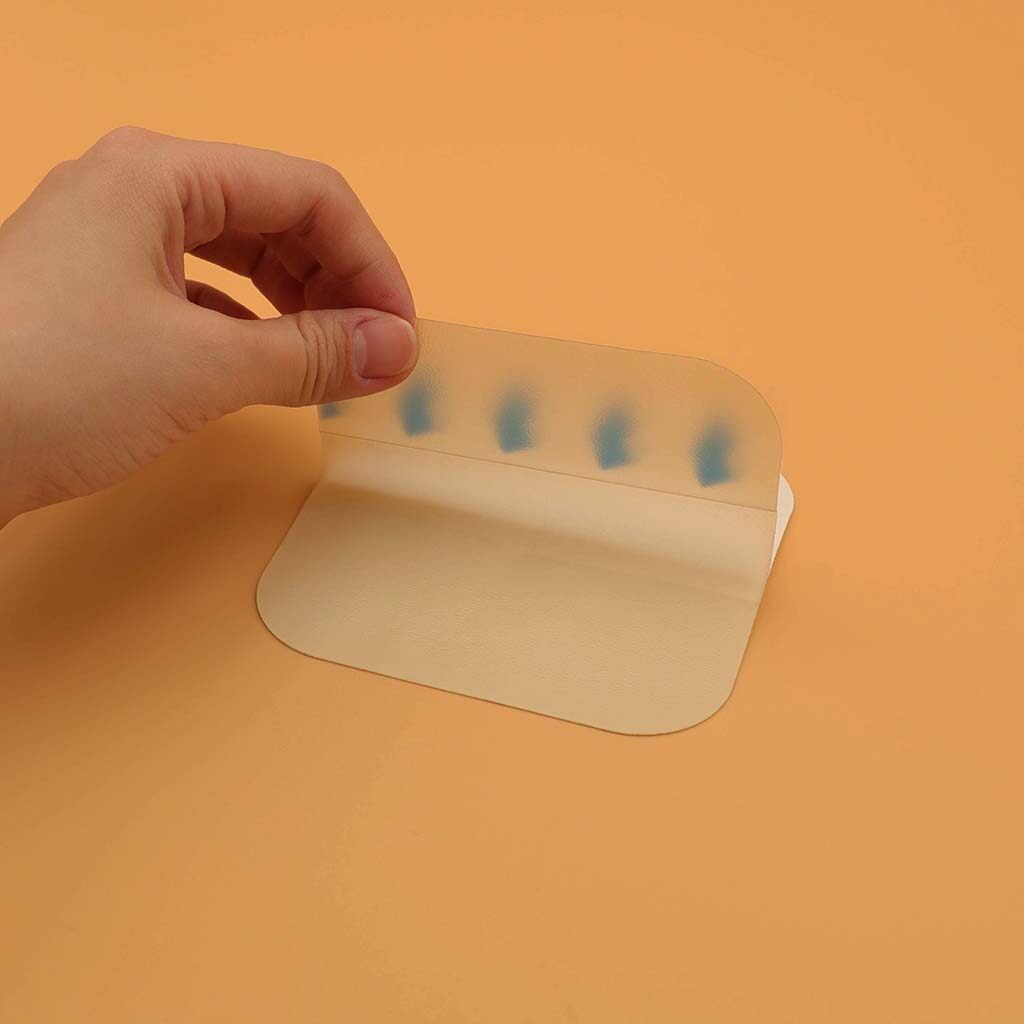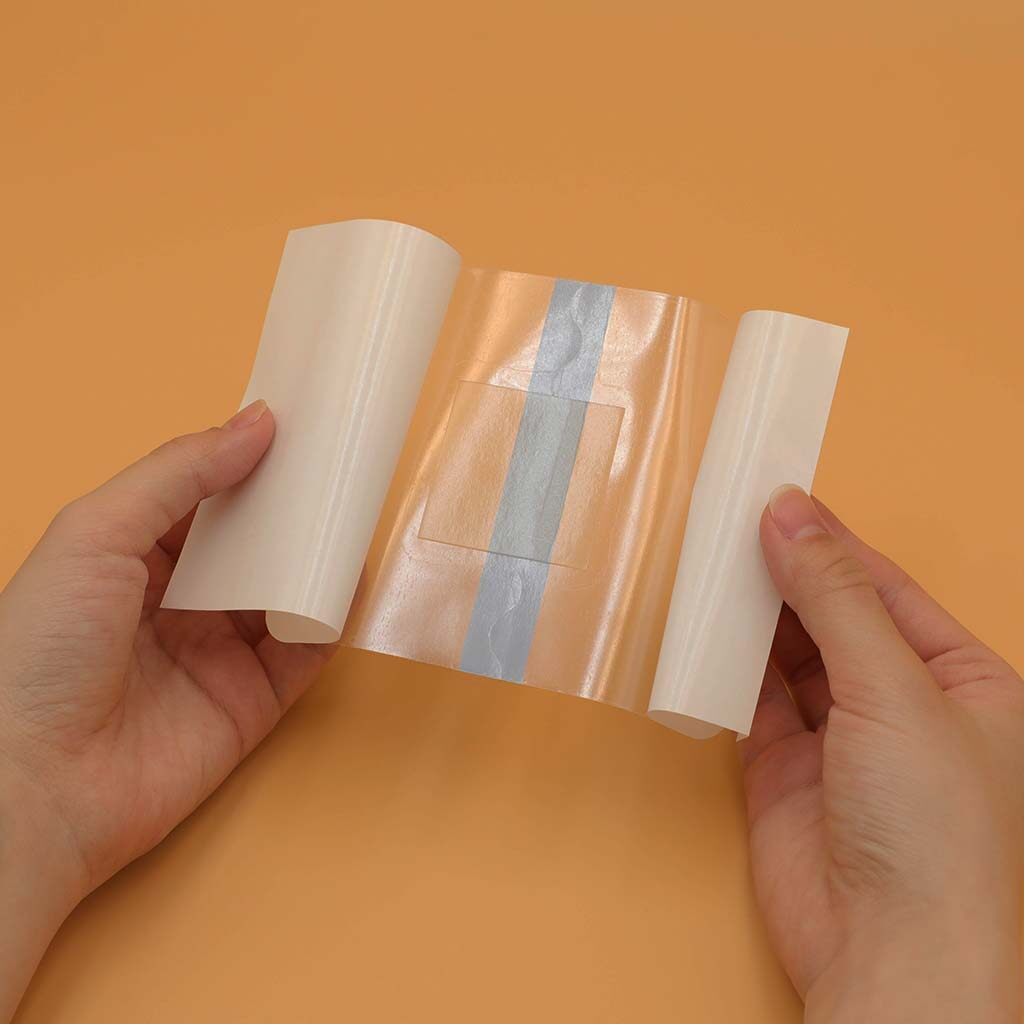Email cannot be empty
Password cannot be empty
Email format error
Email cannot be empty
Email already exists
6-20 characters(letters plus numbers only)
The password is inconsistent
Email format error
Email cannot be empty
Email does not exist
6-20 characters(letters plus numbers only)
The password is inconsistent


How Often Should Hydrocolloid Dressings Be Changed?
Hydrocolloid dressings are widely used in wound care due to their unique properties that promote healing and protect against infection. However, knowing how often to change these dressings is crucial for ensuring effective wound management. In this blog, we will provide a comprehensive guide on the frequency of hydrocolloid dressing changes, taking into account various factors that influence the decision-making process.
Understanding Hydrocolloid Dressings:
Hydrocolloid dressings are made of a gel-like substance that forms a moist environment over the wound. This type of dressing is designed to absorb exudate (fluid) from the wound while maintaining a moist environment that promotes healing. Hydrocolloid dressings are available in various sizes and shapes, making them suitable for different types of wounds, including pressure ulcers, diabetic foot ulcers, and minor burns.
Factors Influencing Hydrocolloid Dressing Change Frequency:
a) Exudate Level: The amount of exudate produced by the wound is a crucial factor in determining how often hydrocolloid dressings should be changed. If the dressing becomes saturated with exudate, it may lose its effectiveness and increase the risk of infection. Regular monitoring of the exudate level is essential to ensure timely dressing changes.
b) Wound Condition: The condition of the wound plays a significant role in determining the frequency of dressing changes. If the wound is clean and healing well, with minimal exudate, the dressing may not need to be changed as frequently. However, if the wound is infected or showing signs of deterioration, more frequent dressing changes may be necessary to promote healing and prevent complications.
c) Adherence and Integrity: Hydrocolloid dressings are designed to adhere to the skin surrounding the wound, creating a seal that protects against external contaminants. However, if the dressing starts to lift or lose its integrity, it should be changed to maintain its effectiveness. Regular assessment of the dressing’s adherence and integrity is essential to ensure optimal wound care.
General Guidelines for Hydrocolloid Dressing Changes:
While the frequency of hydrocolloid dressing changes may vary depending on individual patient needs and wound characteristics, some general guidelines can be followed:
Conclusion:
Determining how often hydrocolloid dressings should be changed requires careful consideration of various factors, including exudate level, wound condition, and dressing adherence. Regular monitoring and assessment of the wound are crucial in ensuring optimal healing and preventing complications. Consulting with a healthcare professional is recommended to establish a personalized dressing change frequency based on individual patient needs.
As a trusted supplier in the wound care industry, we offer a wide range of high-quality hydrocolloid dressings that are designed to promote healing and provide optimal protection. Our products are suitable for various wound types and are backed by extensive research and development. Contact us today to explore our comprehensive range of hydrocolloid dressings and enhance your wound care practices.


